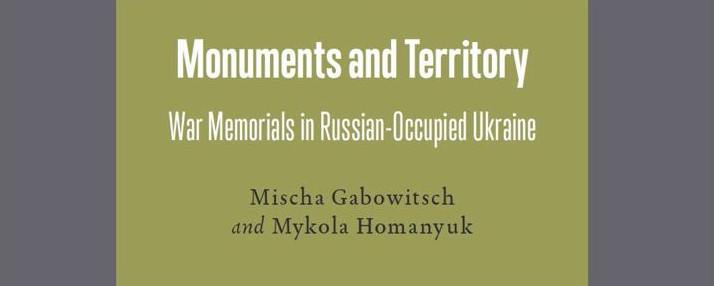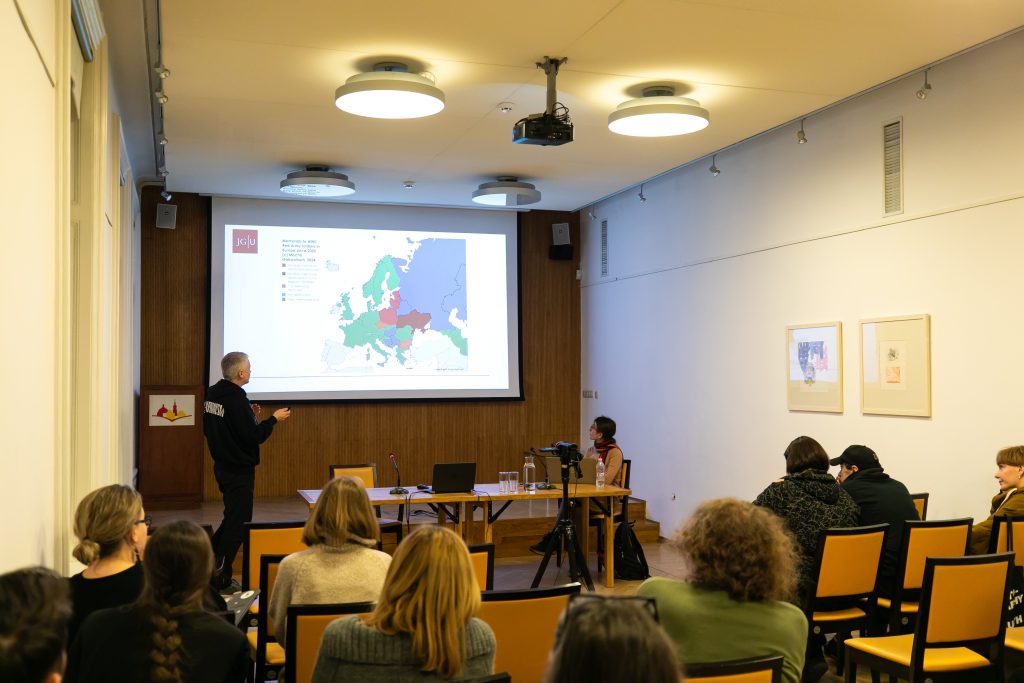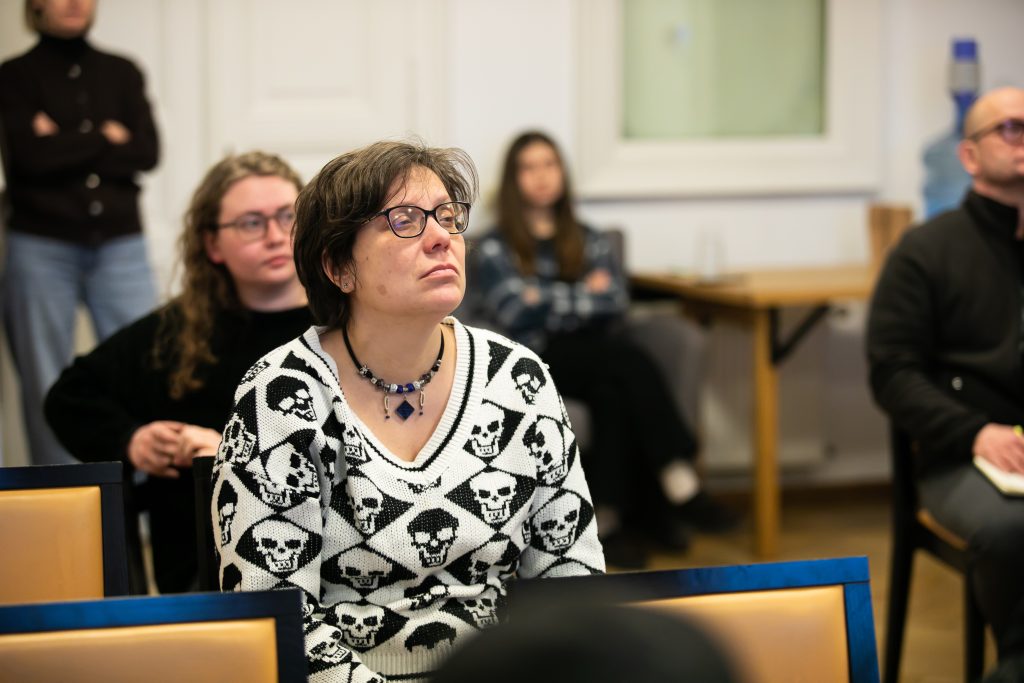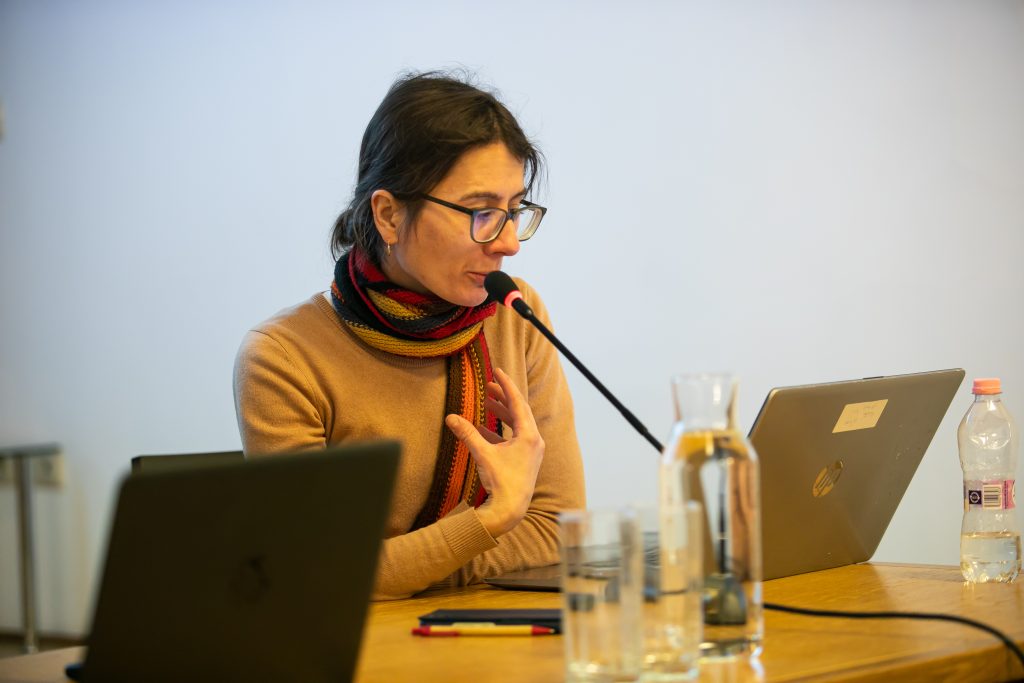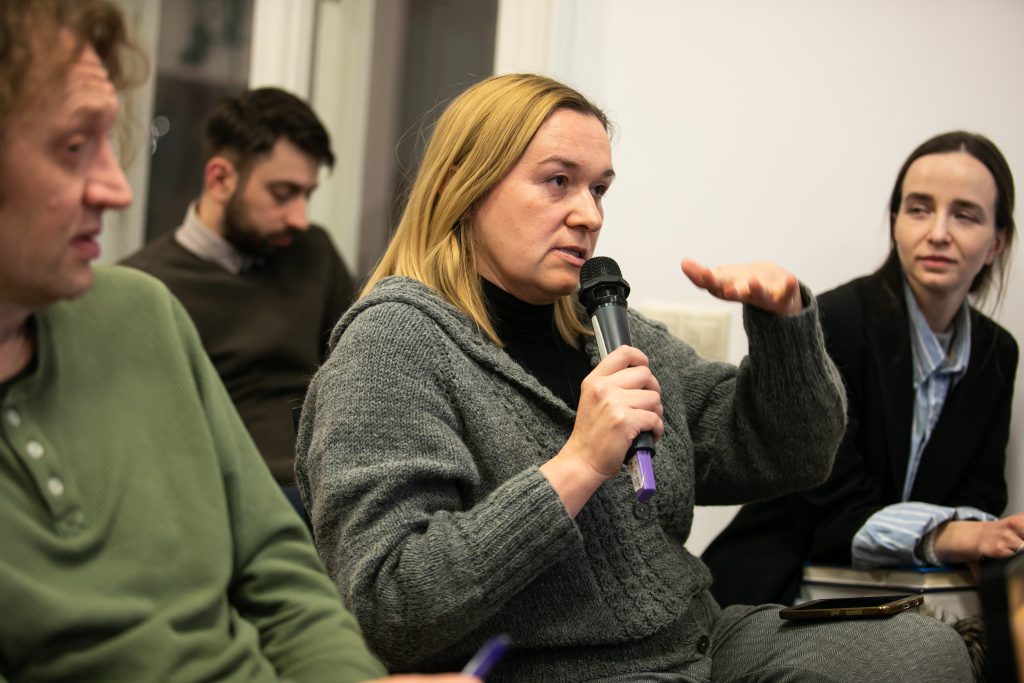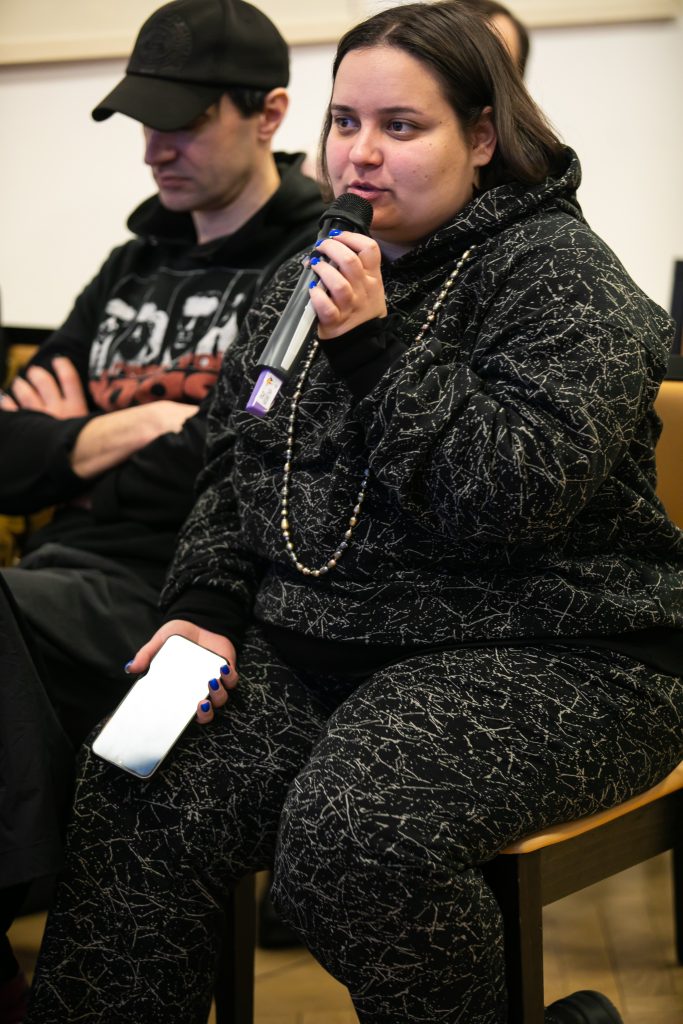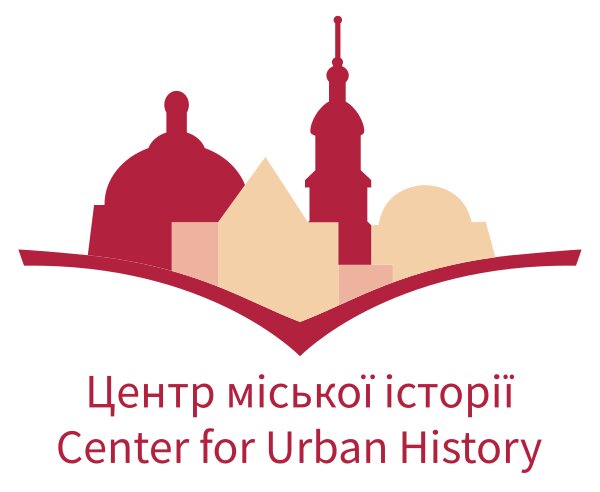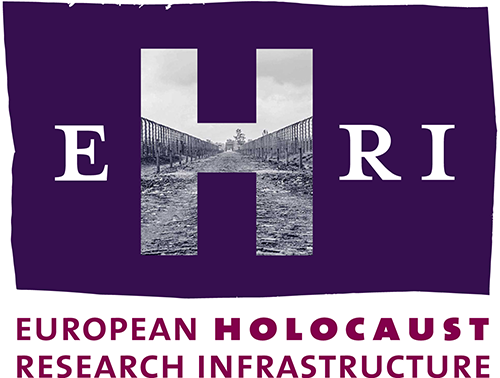Monuments and Territory. War Memorials in Russian-Occupied Ukraine
18.2.2025, 18:30
Conference Room of the Center for Urban History
We invite you to the presentation of the book Monuments and Territory: War Memorials in Russian-Occupied Ukraine by Mischa Gabowitsch and Mykola Homanyuk and a discussion about the book.
Interventions in the memorial landscape have become part of Russia's occupation policy in the occupied territories of Ukraine. This topic is the focus of a new book co-authored by two researchers, historian and sociologist Mischa Gabowitsch (Mainz, Germany) and sociologist Mykola Homanyuk (Kherson, Ukraine). The researchers focused on the commemorative landscape, which consists of tens of thousands of monuments, mostly in small towns and villages. Created in different political contexts, they perpetuate memory, in particular, of military conflicts of the twentieth century and reflect different and changing commemorative policies. These are mainly Soviet monuments to the Second World War, but also to the First World War, revolutions and military conflicts after 1917, and the more recent war in Afghanistan. Among the monuments are those that appeared after 2014 and honored those who died in the war with Russia until 2022.
During the Russian occupation, some of these memorials were destroyed, some were restored or altered. At the same time, new monuments were built amidst ongoing hostilities. In the book, the authors show how the Russian occupation authorities use war memorials in countless propaganda materials, analyze Russia's policy as an imperial irredentism, and offer an explanation of its connections not only to war propaganda but also to the discourse of heritage protection.
During the presentation, Mykola Homanyuk will present the process of creating an archive documenting the war and occupation, which includes personal observations during the occupation and materials of the presentation of monuments and rituals in the media. Such a large and thorough array of collected sources allowed the authors of the book to offer a rich description of symbolic struggle and destruction, commemorative and occupation practices.
The presentation will include both a discussion of selected examples and field research materials and a theoretical understanding of the role of symbolic spaces in maintaining occupation regimes. One of the focal points of both the book and the presentation is the question of how the instrumentalization of the Second World War by modern Russian propaganda was implemented on the ground: both in the transformation of existing monuments and in the construction of new ones.
The event will be moderated by Dr. Iryna Sklokina.
Book information: Mischa Gabowitsch and Mykola Homanyuk, "Monuments and Territory. War Memorials in Russian-Occupied Ukraine" (Budapest: CEU Press, 2025). The book is available via the link.
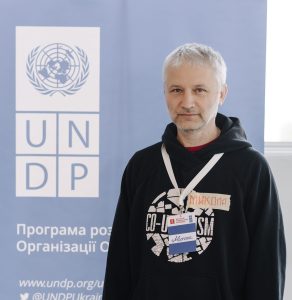
Mykola Homanyuk
Херсонський державний університетSociologist and geographer, associate professor at the Department of Geography and Ecology at Kherson State University, head of the Kherson branch of the Sociological Association of Ukraine, artistic director of Kherson Theatre Lab, and founder of the archive dedicated to the occupation of Kherson region.
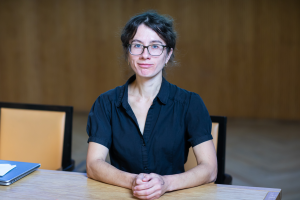
Dr. Iryna Sklokina
Center for Urban HistoryResearcher at the Center for Urban History, PhD in History, co-author of the book “Labor, Exhaustion, and Success: Industrial Monotowns of Donbas” (2018). Research interests: Soviet and post-Soviet memory politics, industrial heritage, museum studies, oral history.
The event will be part of the Center's public program "Source as a Choice," organized by the Center for Urban History in cooperation with EHRI. During the meetings, researchers will share their work with various sources on war and mass violence in the twentieth and twenty-first centuries. The choice to create and preserve sources can be one of the tools for embodying this violence or, on the contrary, for opposing it. Our choice to talk about these events through the prism of certain sources creates a field in which the complex past will live on in the present and future.
Credits
Cover Image: a fragment of the book cover
Gallery: Ira Sereda
